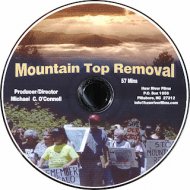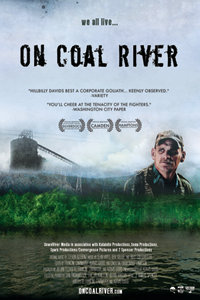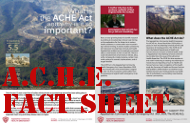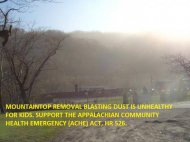
1,200 Excess Deaths Every Year
May 23, 2018
A year ago, on May 23, 2017, the National Academies of Sciences, Engineering, and Medicine (NASEM) held a public hearing in Logan, WV, to inform their study “Potential Human Health Effects of Surface Coal Mining Operations in Central Appalachia.” In the year since, 1,200 people have died from diseases associated with mountaintop removal coal mining.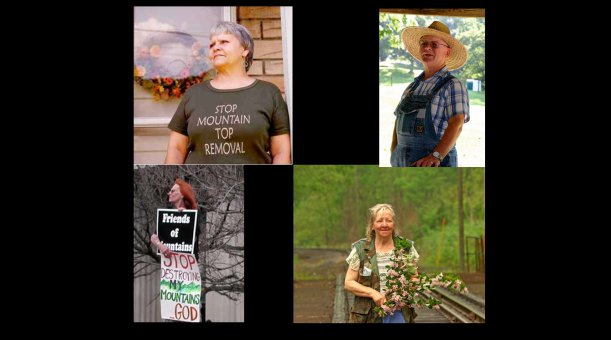 At that hearing, I (Vernon Haltom of Coal River Mountain Watch) was one of the people representing groups opposed to mountaintop removal invited to present to the NASEM committee. My PowerPoint presentation included photos of Judy Bonds, Larry Gibson, Joanne Webb, and Carol Judy, beloved friends and family who had died of diseases associated with mountaintop removal. The presentation included quotes from Jodi J. of WV and Vickie T. of TN, both fighting cancer and both from communities near mountaintop removal. Both have since died.
At that hearing, I (Vernon Haltom of Coal River Mountain Watch) was one of the people representing groups opposed to mountaintop removal invited to present to the NASEM committee. My PowerPoint presentation included photos of Judy Bonds, Larry Gibson, Joanne Webb, and Carol Judy, beloved friends and family who had died of diseases associated with mountaintop removal. The presentation included quotes from Jodi J. of WV and Vickie T. of TN, both fighting cancer and both from communities near mountaintop removal. Both have since died. 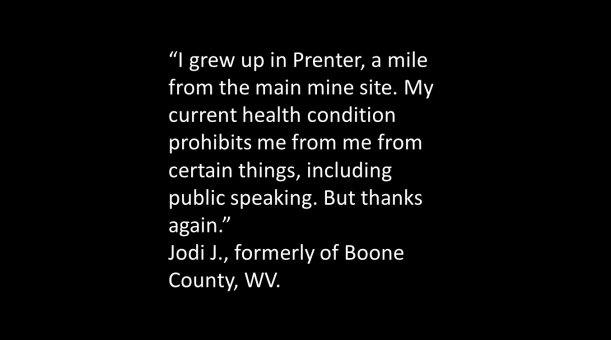
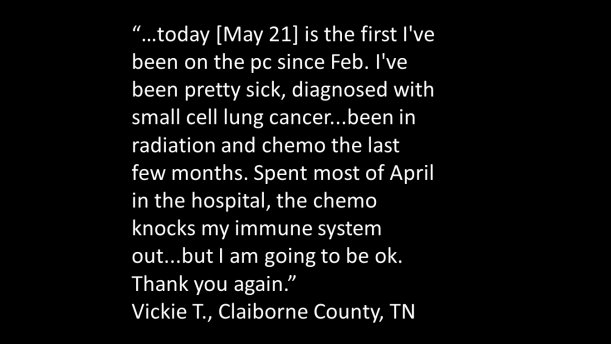 In the evening session, the NASEM committee heard from our staff, volunteers, and members (including two retired miners), other groups, and other citizens who were opposed to mountaintop removal. They also heard from coal supporters and politicians, learning that coal can’t be bad for you, because it’s natural from the ground, and that both coal and smoking are harmless because a politician’s mining, smoking grandfather lived into his 90s.
In the evening session, the NASEM committee heard from our staff, volunteers, and members (including two retired miners), other groups, and other citizens who were opposed to mountaintop removal. They also heard from coal supporters and politicians, learning that coal can’t be bad for you, because it’s natural from the ground, and that both coal and smoking are harmless because a politician’s mining, smoking grandfather lived into his 90s. 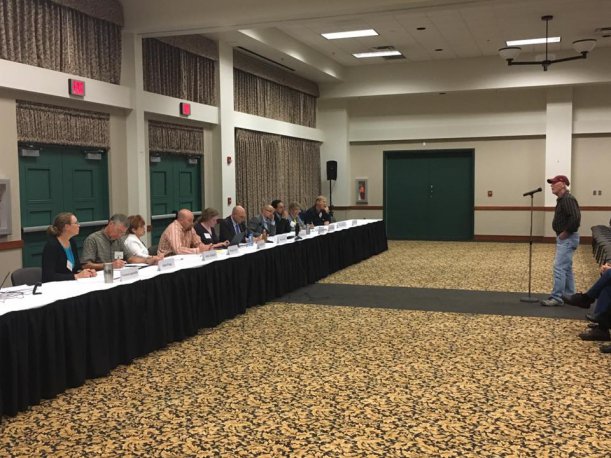
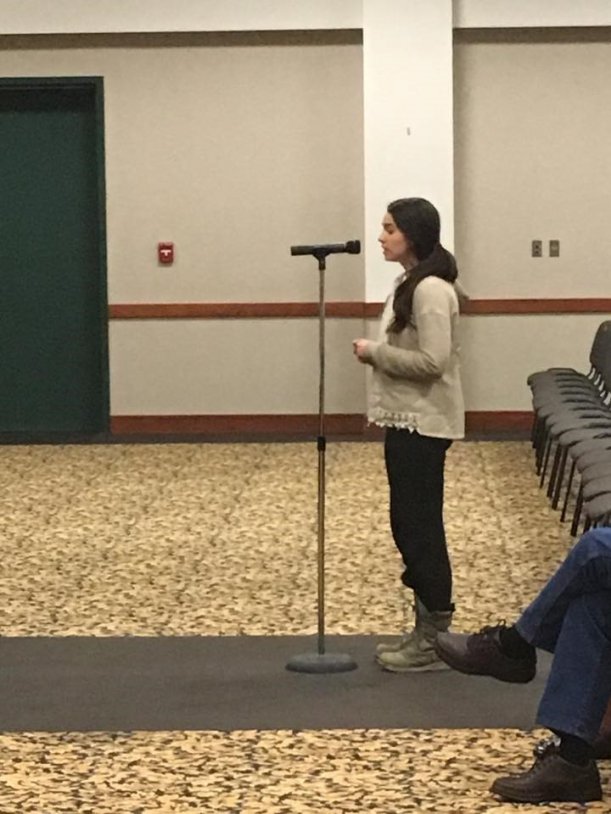 At another hearing in Washington, DC, the committee heard from Michael Hendryx, PhD, and was exposed to the vast body of existing science demonstrating mountaintop removal’s deadly impacts. That in itself should have been enough to conclude that mountaintop removal needs to end now. Here’s a 14-minute TEDMed Talk of Dr. Hendryx concisely and powerfully summarizing the most damning impacts of mountaintop removal: http://www.crmw.net/updates/must-watch-dr-hendryx-on-why-mountaintop-removal-must-end.php.
At another hearing in Washington, DC, the committee heard from Michael Hendryx, PhD, and was exposed to the vast body of existing science demonstrating mountaintop removal’s deadly impacts. That in itself should have been enough to conclude that mountaintop removal needs to end now. Here’s a 14-minute TEDMed Talk of Dr. Hendryx concisely and powerfully summarizing the most damning impacts of mountaintop removal: http://www.crmw.net/updates/must-watch-dr-hendryx-on-why-mountaintop-removal-must-end.php. 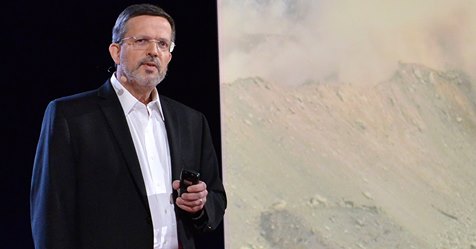 This is probably the clearest and most powerful 14 minutes of why we work to end mountaintop removal. Among Dr. Hendryx’s quotes are “1,200 excess deaths every year, in MTR areas, controlling for other risks” and “Eventually, scientific truth does and will win out. How many lives will be lost while we wait? Too many already.”
This is probably the clearest and most powerful 14 minutes of why we work to end mountaintop removal. Among Dr. Hendryx’s quotes are “1,200 excess deaths every year, in MTR areas, controlling for other risks” and “Eventually, scientific truth does and will win out. How many lives will be lost while we wait? Too many already.”
While we wait: In August of 2017, the federal Department of Interior (DOI) cut funding for the study, which was only halfway into its projected two-year duration and had spent approximately $600,000 of the $1 million allocated. It’s not hard to see how and why a powerful industry got this study killed. But who else is waiting to do something, and why?
Very few groups are doing anything at all about mountaintop removal. While a few of the big greens sometimes offer small, much-appreciated grants in the range of $2,000-$5,000 or provide legal or technical help in specific instances, none are contributing a significant portion of their resources to fighting mountaintop removal. Much of the attention, work, and resources have gone to high-profile fights against pipelines, fracking, or other important causes.
There are also the prevalent myths that mountaintop removal is over and “King Coal is dead.” These myths were fed by highly publicized coal company bankruptcies and environmental group “victories,” declared in major media outlets, and accepted as gospel from the backwoods to the boardrooms. In November 2016, some of our allied friends even sent a letter to their contacts declaring that
“No amount of dishonesty or wishful thinking can get around the fact that surface mine coal production in central Appalachia will not recover. Mountaintop removal is essentially over.”
In the meantime, mountaintop removal continues and people continue to die. Previously bankrupt Alpha Natural Resources has expanded mountaintop removal on Coal River Mountain, getting a permit for an 853-acre site in December 2016 and accelerating work on their other permits. In addition to getting permission to waive their required reclamation schedules, they’ve begun stripping a 2,040-acre (three-square-mile) site that we believe does not have a valid permit. Other mountains in the area are likewise being demolished.
Since there is now so little attention paid to mountaintop removal, and so little work and resources being put into ending the process, we at Coal River Mountain Watch are increasingly dependent on conscientious individual supporters to keep us working. Whether it’s a one-time gift or a monthly sponsorship at https://secure.givelively.org/donate/coal-river-mountain-watch, a little support at the grassroots frontlines goes a long way (and it’s tax-deductible). Whether it’s $10, $100, or $1,000, please chip in what you can, and please share.
And call and write your US Representative and Senators, telling them to support the Appalachian Community Health Emergency (ACHE) Act. Find them at https://www.house.gov/representatives/find-your-representative and https://www.senate.gov/senators/index.htm. Borrowing Dr. Hendryx’s words, “How many lives will be lost while we wait? Too many already.” Thanks!






